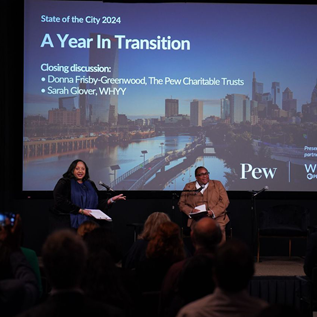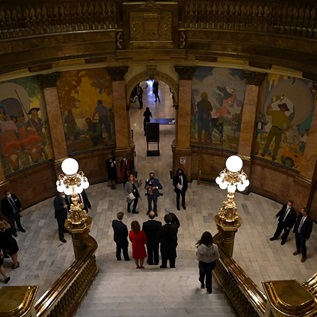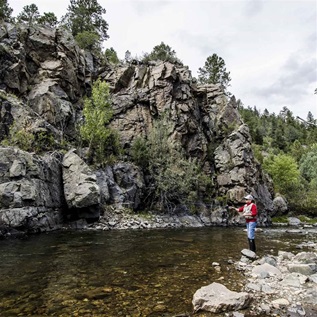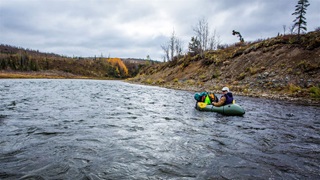The Right Policy at the Right Time
The Pew Pre-Kindergarten Campaign
QUICK SUMMARY
In 2001, The Pew Charitable Trusts learned of an important strategy that could dramatically improve children's success but had been largely overlooked by policy makers — high-quality early education programs in the years just before kindergarten. Soon after, it launched a new campaign to highlight the evidence and advance policies at the state and federal levels to provide voluntary, high-quality pre-kindergarten for every three and four year old. This 2010 report answered two questions: How did the campaign build a successful national movement to advance Pre-K? And: How can we use the lessons learned to inform public debates on other policies essential to help children thrive?
Downloads
Full report
Downloads
Full report









